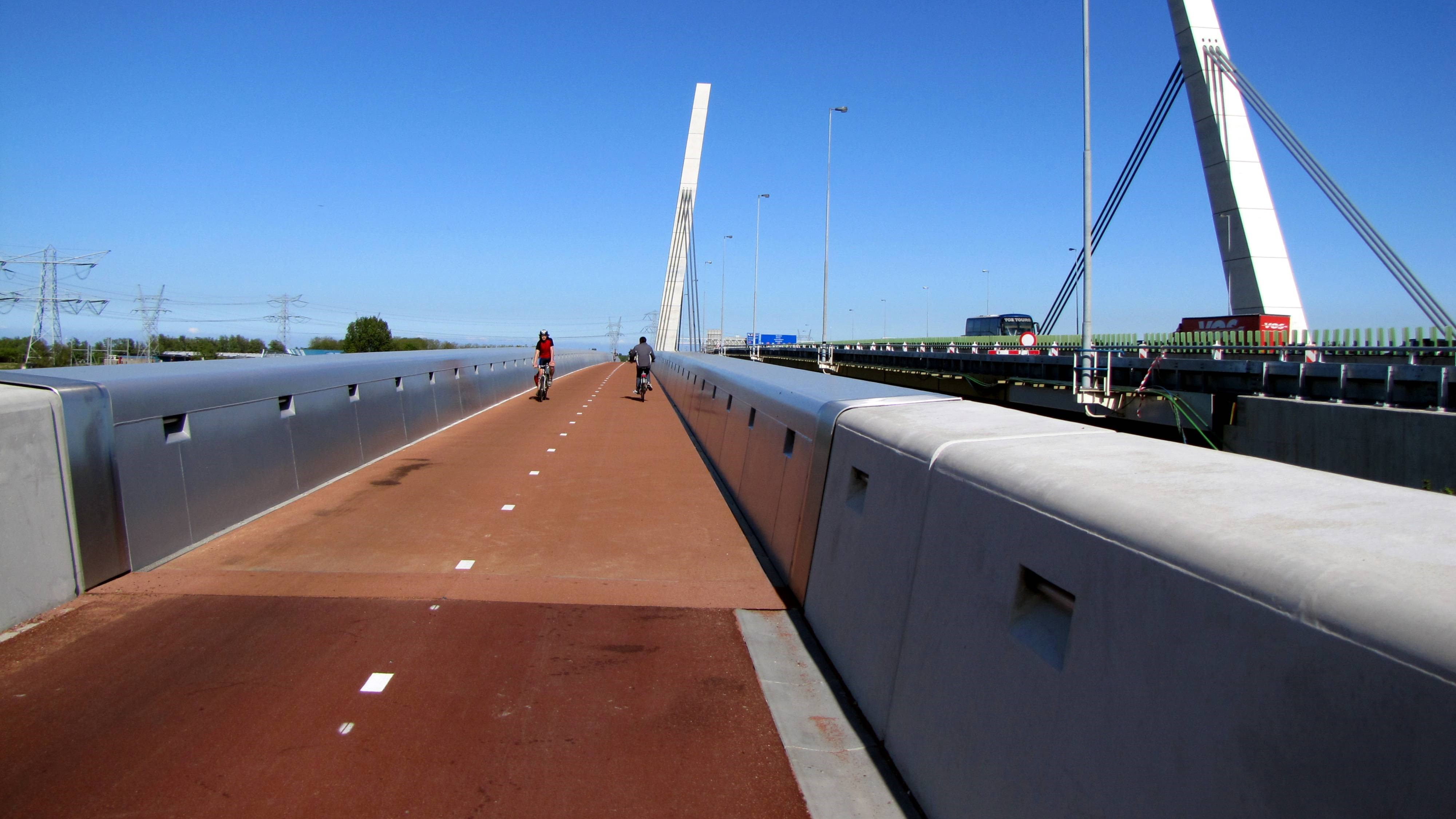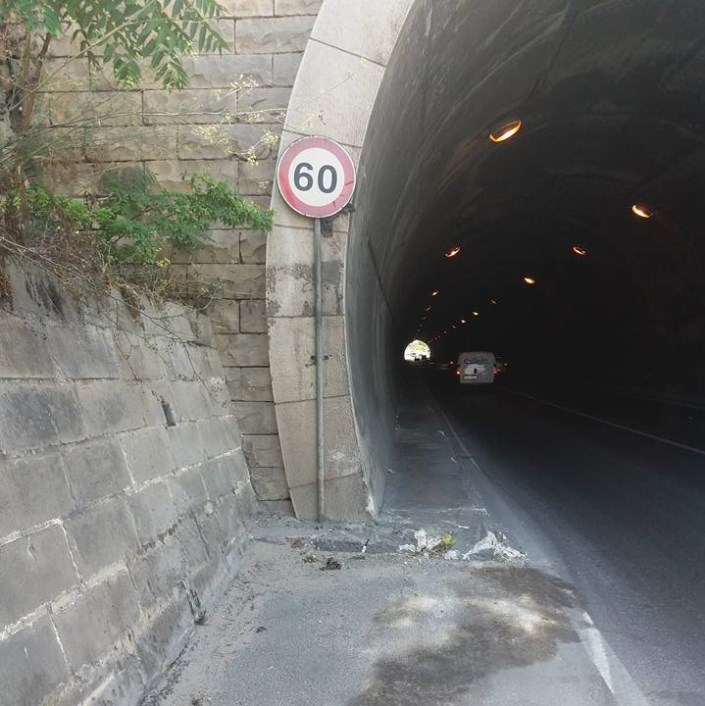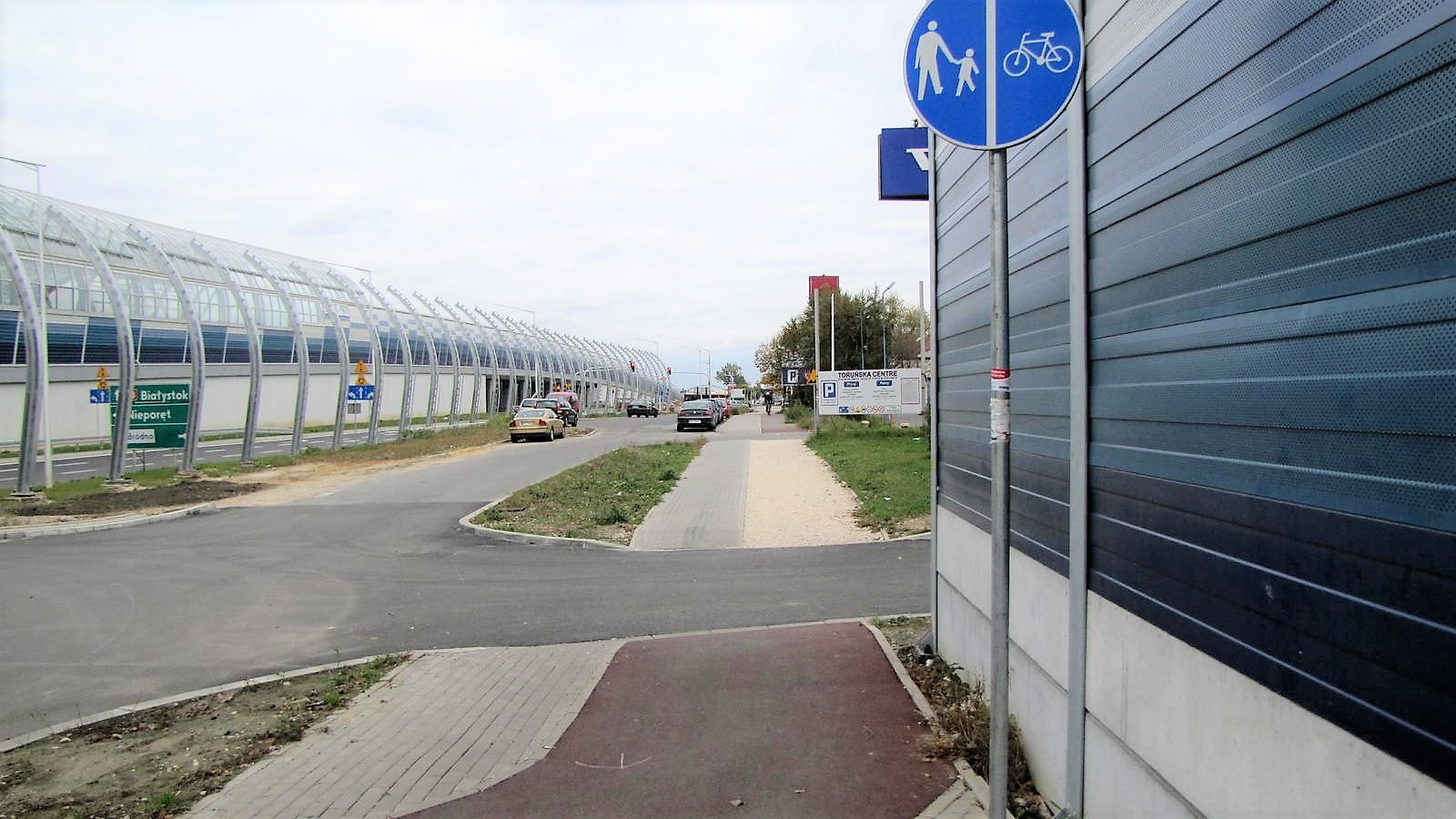
Provisions for cyclists in the European directive on Road Infrastructure Safety Management
One of the key elements of the 3rd Mobility Package launched by the European Commission on May 17th is a proposal for amending the Road Infrastructure Safety Management directive (2008/96/EC, also known as the RISM directive). The directive currently defines procedures that were supposed to ensure safety of the trans-European road infrastructure (TEN-T) but up until now were focused nearly exclusive on safety of car-occupants.

What has ECF achieved?
The Commission’s proposal includes several important improvements to the directive, that ECF lobbied for during consultations last year, and as a part of the EU Cycling Strategy.
- New article 6b states that the needs of cyclists (as well as pedestrians and motorcyclists) must be taken into account in implementation of safety procedures defined in the directive. This covers preliminary planning of new roads section (Road Safety Impact Assessment), draft and detailed design of road projects (Road Safety Audits), as well as existing roads in operation (Network-wide Road Assessment, Road Safety Inspection).
- “Provisions for cyclists” were added as one of the criteria for Road Safety Audits (Annex II) at draft design stage. Previously, a reference to cyclists was included only at the detailed design stage. This is an important addition, as the earlier the engineers start thinking about integrating cyclists’ needs in the design of a road, the better quality of infrastructure they can achieve.
- A new procedure of “Network-wide Road Assessment” includes collecting data about bicycle facilities, as well as existing and potential cycle traffic along the roads falling under the scope of the directive. The idea of estimating bicycle flows from adjacent land use attributes copies the methodology of European Cycle Highways Potential Map, developed in the frame of CHIPS project. This data can form a basis for more evidence-based integration of cycling in EU-level policies.
Extension of scope
The scope of the Directive has been proposed to be extended from Trans-European Network only to all motorways, primary roads and EU-funded rural roads. The extension of the scope is in line with the recommendations of EU Cycling Strategy, but it also means that we need to be bring cycling and pedestrian infrastructure needs more fully into the directive.
What ECF proposes to improve?
ECF supports the general directions of Commission’s proposal. However, two more critical pieces are needed to transform positive, but somehow abstract rules into efficient legislation:
- More specific EU level guidelines on how to take into account the needs of cyclists are needed, as many existing TEN-T projects clearly demonstrate lack of necessary knowledge among many Member States. The guidelines should include minimum quality criteria for cycling infrastructure, obligatory for all roads falling under the scope of the Directive. ECF is currently investigating different possibilities how to best integrate the guidelines in the newly proposed framework.
- Including cycling infrastructure in training and certification of road safety auditors. In many Member States, practical implementation of the RISM Directive was focused on preventing accidents on motorways and similar high-speed roads. The extension of the scope of the Directive should be accompanied by significant changes in training and certification of road safety auditors.

There are also several smaller changes we would like to see:
- Network-wide Road Assessment should include data not only about cycle traffic along the road, but also crossing it. In cases of e.g. bypasses number of cyclists moving across the assessed road might be much higher than along. For example, there are 17300 cyclists/day crossing a 1,5 km long section of Antwerp ring road (A1/A12 motorway, TEN-T core network, North Sea-Baltic and North Sea–Mediterranean corridors) between Borgerhout and Berchem interchanges.
- If there are no dedicated bicycle facilities along the assessed road, it would be useful to include an information on whether there is an alternative route for cyclists (e.g. lower class parallel roads).
- The estimates of bicycle flows determined from adjacent land use attributes should be used in the impact assessment and audit of new road projects, not only in assessment of existing roads. It is better to identify the need for cycling infrastructure before the road is built, not after.
What next?
We will work with the European Parliament and Member States to make sure that they back, and where necessary improve, the proposal of the European Commission. We will also get back to you on how you can ask your MEPs, and national politicians to support us in this work.
See also
Regions:
Network/Project Involved:
Contact the author
Recent news!
Upcoming events
Contact Us
Avenue des Arts, 7-8
Postal address: Rue de la Charité, 22
1210 Brussels, Belgium









